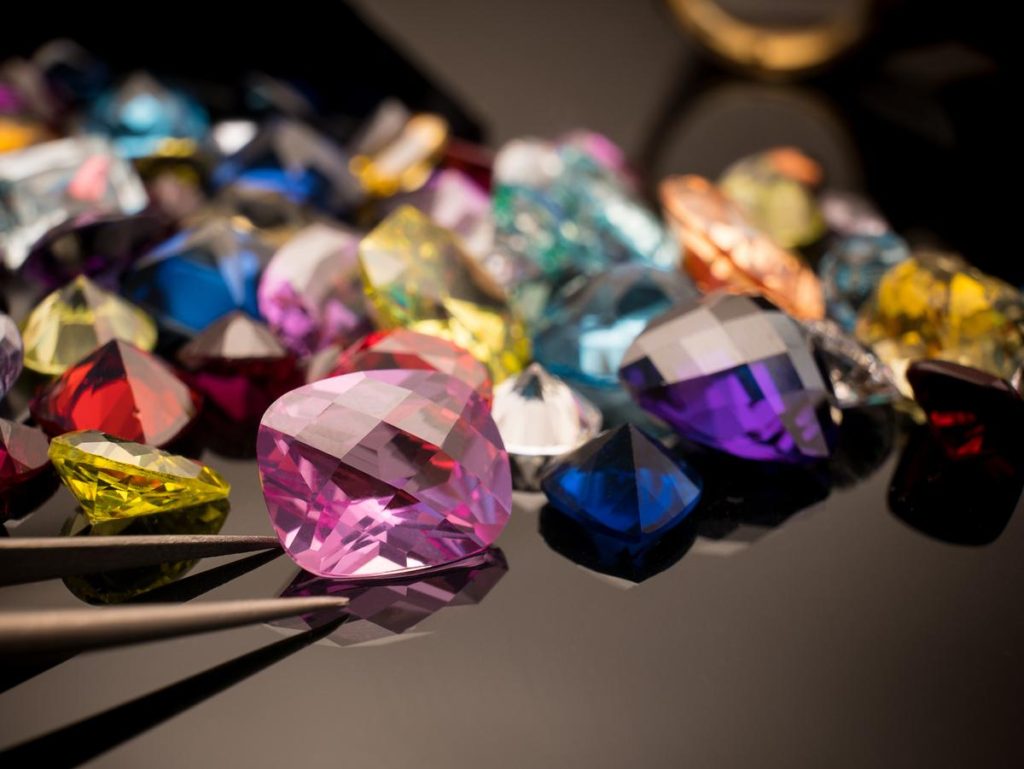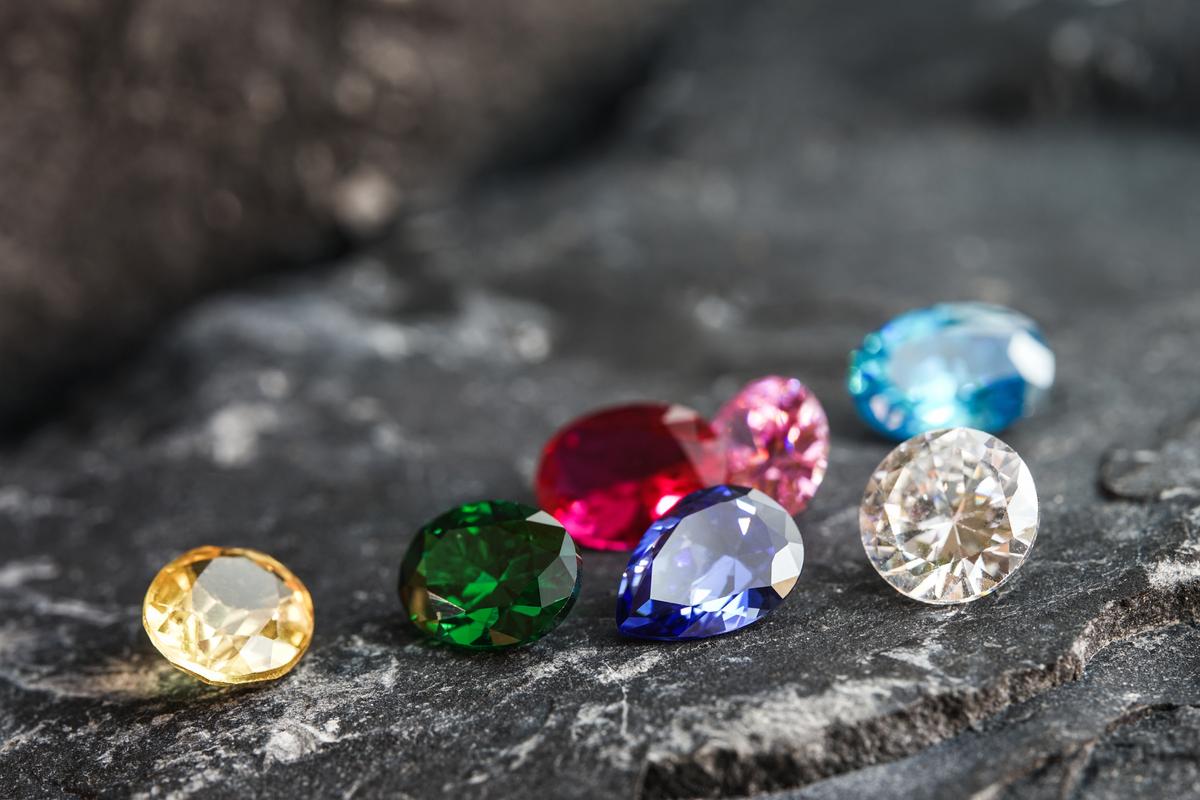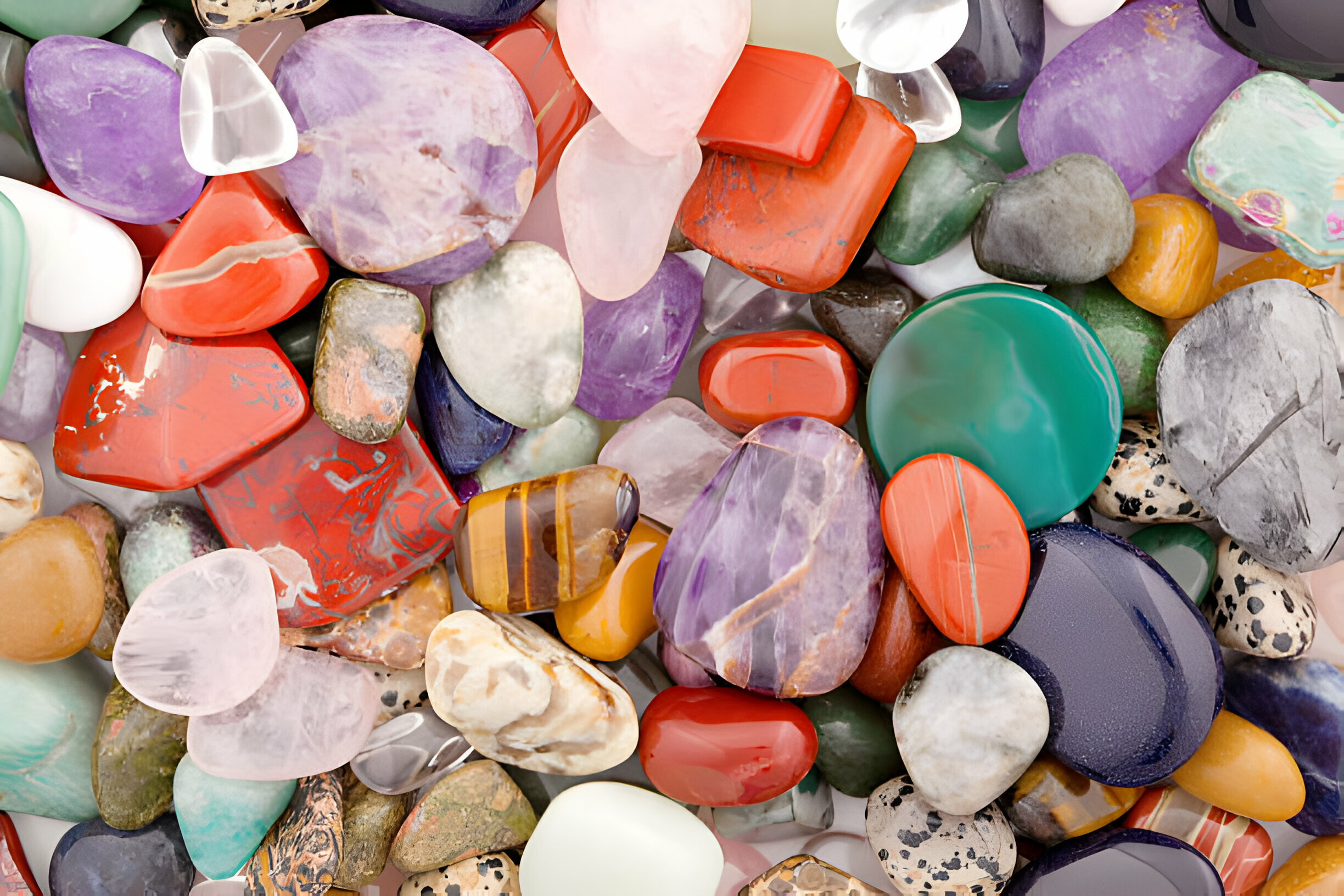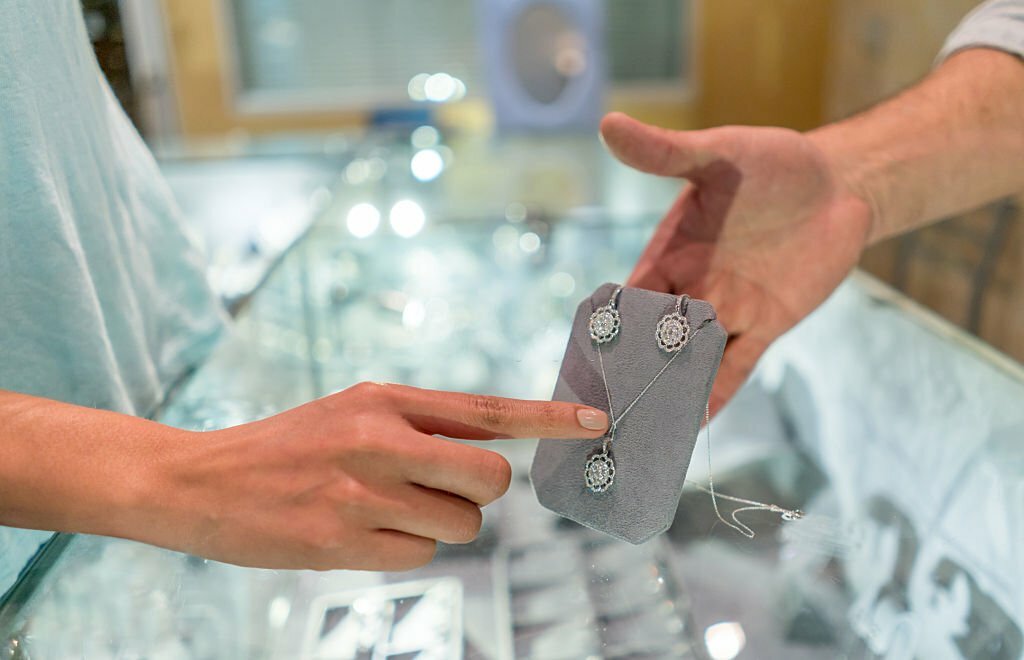Throughout history, gemstones have captivated human fascination not only for their exquisite beauty but also for their alleged healing powers. Across cultures and civilizations, these precious stones have been revered for their metaphysical properties, believed to possess the ability to restore energy balance, promote well-being, and heal various ailments. While some embrace gemstone therapy as a holistic approach to wellness, skeptics dismiss it as a mere myth or placebo effect. In this article, we will explore the origins of gemstone healing, delve into the claims made by enthusiasts, analyze scientific evidence, and ultimately discern whether the healing powers of gemstones are a myth or a reality.
- Historical Roots of Gemstone Healing
The use of gemstones for healing dates back thousands of years, tracing its origins to ancient civilizations like the Egyptians, Greeks, and Chinese. These cultures believed that gemstones were imbued with special energies that could influence the body, mind, and spirit positively. Healers and shamans often incorporated gemstone amulets, talismans, and jewelry into their practices to harness these perceived healing powers.
- The Claims of Gemstone Enthusiasts
Gemstone enthusiasts and practitioners of crystal healing assert that each gemstone possesses unique metaphysical properties due to their elemental composition and color. For instance, amethyst is said to promote relaxation and spiritual growth, while rose quartz is believed to attract love and foster emotional healing. Advocates of gemstone therapy argue that these stones can interact with a person’s energy field, or aura, to restore harmony and alleviate physical, emotional, and spiritual imbalances.
- The Holistic Approach to Wellness
Proponents of gemstone healing often emphasize its holistic nature. They argue that traditional medicine often overlooks the interconnectedness of the body, mind, and spirit. Gemstone therapy, on the other hand, seeks to address health concerns on all these levels, aiming for comprehensive well-being. The belief is that by realigning the energy flow within a person, gemstones can support the body’s natural healing processes.
- An Exploration of Scientific Evidence
Despite the centuries-old belief in the healing powers of gemstones, scientific evidence supporting these claims remains limited and inconclusive. The field of gemstone healing lacks rigorous scientific studies that can definitively prove or disprove its effectiveness. Critics argue that any perceived healing benefits are likely due to the placebo effect—when a person experiences positive changes solely because they believe in the treatment, not because of the treatment itself.

- Placebo Effect and Gemstone Healing
The placebo effect is a well-documented phenomenon in medical research, where individuals experience improvements in their condition after receiving a sham treatment with no therapeutic value. In the context of gemstone healing, the placebo effect could explain why some people report positive outcomes from using gemstones. The power of belief and expectation may lead to psychosomatic changes, making individuals genuinely feel better, even if the gemstones themselves have no inherent healing properties.
- The Role of Personal Beliefs
Personal beliefs and cultural backgrounds play a significant role in the perception of gemstone healing. Those who approach gemstone therapy with an open mind and a genuine belief in its efficacy may experience positive results. Conversely, skeptics or those who dismiss the practice entirely are less likely to benefit from its purported healing effects. This emphasizes the importance of individual differences and the subjective nature of gemstone healing experiences.
- An Unregulated Industry
The gemstone healing industry operates largely unregulated, allowing for the proliferation of misinformation and exaggerated claims. As a result, consumers should exercise caution and critical thinking when considering gemstone therapy as an alternative form of medicine. It is essential to consult qualified healthcare professionals for serious health issues and view gemstone healing as a complementary practice rather than a replacement for conventional medical treatments.


Conclusion
The healing powers of gemstones have been a subject of fascination and debate for millennia. While the historical roots of gemstone healing and the passionate claims of enthusiasts attest to its enduring appeal, the lack of robust scientific evidence leaves us questioning its validity. Gemstone therapy may provide emotional comfort and serve as a complementary approach to wellness for some individuals, but it should not be considered a standalone medical treatment. The subjective nature of its effects and the potential influence of the placebo effect emphasize the significance of personal beliefs and expectations in gemstone healing experiences. As the industry remains largely unregulated, consumers must approach gemstone healing with a discerning eye and seek evidence-based healthcare solutions for their well-being.






